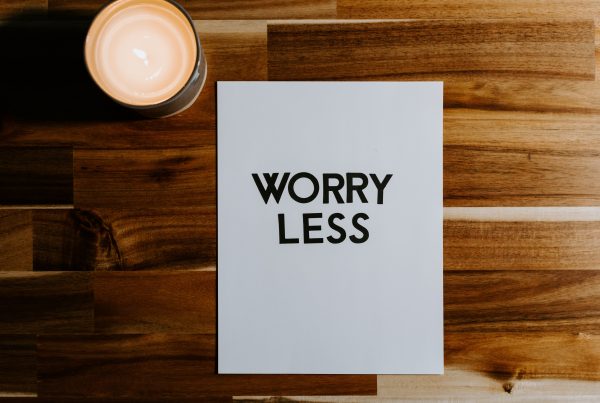Payments on account are confusing right? What are they? How are they calculated and when do I have to pay them? In all our years of experience we know that for our clients they can be one of the most confusing elements of Self Assessment.
Self Assessment and payments on account can seem like some kind of sourcery, coupled with the annual race to get your tax return in on time, only then to be presented with a larger than expected bill is just not fun for anyone.
The whole premise of payments on account was created to help self employed people spread the cost of their tax bill, in reality if often creates stress at a time of year when many are struggling financially already.
What is payment on account?
Payments on account are tax payments made twice a year by self-employed people to spread the cost of the year’s tax. They’re calculated based on your previous year’s tax bill, and are due in two instalments.
The payment on account can be thought of as a savings plan paying off some of your tax bill in advance. The first instalment is due on 31 January (the same day as your ‘balancing payment’, which clears your tax bill for the previous tax year), and the second is due on 31 July. It’s meant to help you spread your payments out during the year – and simultaneously provides the Government with a financial boost in the middle of the year.
How do payments on account work?
Each of the two payments on account will normally be 50 per cent of your previous tax bill. Gov.uk uses this example:
Example:
Your bill for the 2018 to 2019 tax year is £3,000. You made 2 payments on account last year of £900 each (£1,800 in total).
BEWARE: When you complete your Self Assessment online the tax figure shown as due usually DOES NOT take into account the previous year’s payments on account that you have made, worth bearing in mind if you don’t want to overpay!
The total tax to pay by midnight on 31 January 2020 is £2,700. This includes:
- your ‘balancing payment’ of £1,200 for the 2018 to 2019 tax year (£3,000 minus £1,800)
- the first payment on account of £1,500 (half your 2018 to 2019 tax bill) towards your 2019 to 2020 tax bill
- You then make a second payment on account of £1,500 on 31 July 2020.
If your tax bill for the 2019 to 2020 tax year is more than £3,000 (the total of your 2 payments on account), you’ll need to make a ‘balancing payment’ by 31 January 2021.
Payments on account will include Class 4 National Insurance Contributions where applicable, but not student loan repayments or Capital Gains Tax.
Sometimes a payment on account is not due, for example if your tax bill for the previous year was less than £1,000 after PAYE or other deductions at source, you won’t need to make a payment on account. Similarly, no payment on account will be due if, in the previous tax year, 80 per cent or more of your tax was deducted at source.
How to pay with payment on account
If you complete your Self Assessment online, you can make the payment on account at the same time as your balancing payment for the previous tax year. If you file your return on paper, you will receive a paper bill along with a Bank Giro form that you can use to make a payment.
HMRC is now committed to moving as much of the taxpaying process online as possible. As a result it’s encouraging taxpayers to file and make payments online. You can do this securely on the HMRC website, or by downloading its taxpaying software.
COVID UPDATE: Currently HMRC are offering a number of ways to spread the cost of any current Self Assessment tax due and also give you the option to budget and pay weekly/monthly towards your next bill: https://www.gov.uk/pay-self-assessment-tax-bill/pay-in-instalments

Reducing your payment on account
As self employed people our income changes from year to year. So, if you think that your next tax year will be lower than your current one you can apply to have your payment on account reduced.
You can reduce payment on account by logging in to your online HMRC account and clicking ‘Reduce payments on account’. Or, you can send form SA303 to your tax office.
The reality is many people choose to do this if they are having trouble paying their tax bill. Some individuals reduce their payment on account, on the assumption that they will be in better financial shape later, and will therefore find it easier to settle the remainder of their bill.
Think carefully before doing this. Remember that, if your income is the same or higher in the next tax year, you will still have to pay the same amount.
All you are really doing is delaying the pain, rather than eliminating it altogether. It’s also important to note that underpayments will be subject to interest. If you reduce your payment on account and it subsequently turns out that you have underpaid, you will have to pay interest on the outstanding amount. This can significantly increase your tax bill – double whammy!
Check your payments on account
A good habit to adopt is to make regular checks, well ahead of any deadlines, and contact HMRC if you’re unsure.
You can check your payments on account online during the year by signing into your Government Gateway account and selecting the option to view your latest Self Assessment return. Click ‘View statements’ and you’ll see any payments on account you’ve already made, alongside the payments you need to make towards your next tax bill, if applicable.
As with all tax matters, if you are confused you should contact your accountant or HMRC directly for advice. If you are having trouble paying, it is important that you act quickly. Call the HMRC Payment Helpline on 0300 200 3822 to enquire about setting up a new payment arrangement.





